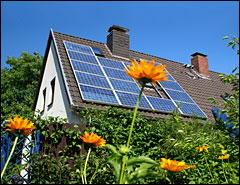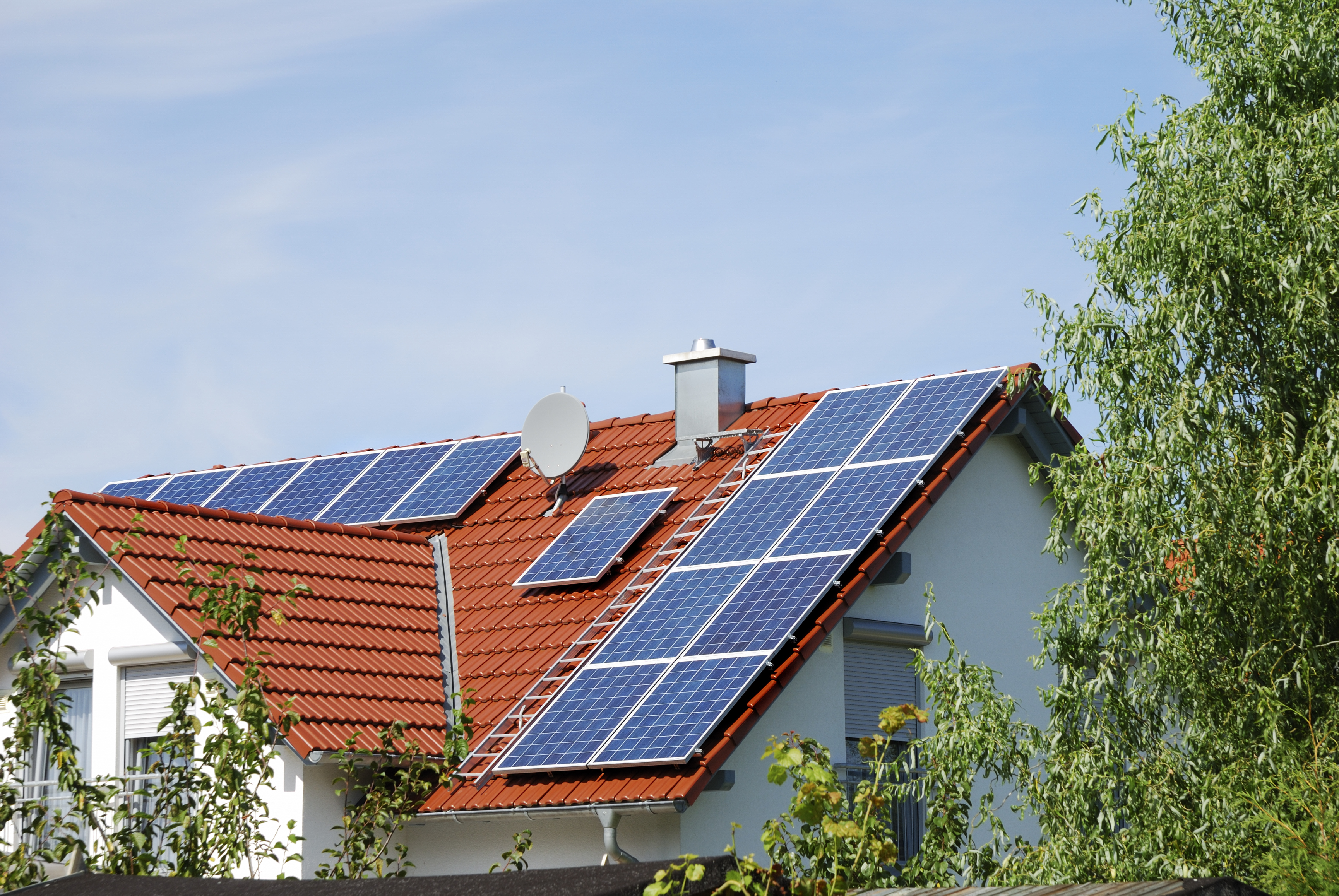 The Golden State is going into overdrive on solar power.
The Golden State is going into overdrive on solar power.
California utility customers installed a record-breaking 391 megawatts of solar power systems last year. That was a banner year for the nation’s largest photovoltaic rebate scheme, with installations up 26 percent compared with 2011.
Those panels were installed with the assistance of the California Solar Initiative [PDF], a $2.2 billion program started in 2007 that aims to help residents meet the costs of installing 1,940 megawatts of solar capacity by the end of 2016. The program is on track to meet that target well ahead of schedule, meaning incentives will begin to dwindle.
The bulk of that money has been poured into incentives, per-watt rebates that have gradually declined as the solar industry grows. This is on top of the federal Solar Investment Tax Credit — 30% of the cost of each residential or commercial system is paid back to the owner of the home or business — and the net metering that accounts for all but 92 megawatts of the state’s existing solar capacity. Net metering doles out energy credits to customers for the solar power they produce but don’t consume, easing the strain of monthly electric bills. …
“Customers are choosing solar at a time when there are all sorts of major challenges to traditional energy,” [the Sierra Club’s Evan] Gillespie said, citing the shutdown of the San Onofre Nuclear Generating Station. California’s major utilities are scrambling to draft a long-term plan to make up for the lost power. As officials consider their alternative options, Gillespie said, “It’s amazing that rooftop is now ready to play an integral role in energy that San Onofre would have provided.”
“California’s groundbreaking efforts to encourage homeowners and businesses to install rooftop solar panels were so successful in 2012,” the San Jose Mercury News notes, “that the program is now effectively winding down.”


